Lao Cai province currently has 56 intangible cultural heritages listed in the National Intangible Cultural Heritage List, 3 representative intangible cultural heritages of humanity; it is the leading province in the country in terms of the number of intangible cultural heritages. The locality is actively preserving, cultivating and promoting unique and typical cultural values; turning heritage into assets, considering this a gold mine for tourism development.
Legacy of storytelling
Nghia Do Commune is home to the Tay ethnic group in Lao Cai. Along the poetic Nam Luong River, in daily life and production, the people here have a culture imbued with national and regional identity, from culinary culture to traditional handicrafts.
Recently, the Ministry of Culture, Sports and Tourism has just appraised and listed two intangible cultural heritages of Lao Cai province in the National Intangible Cultural Heritage List; including the first culinary heritage of Lao Cai, "Folk knowledge of processing grilled fish, blue-gourd duck and leaf-fermented wine of the Tay people in Nghia Do commune."
Previously, in April 2025, the Ministry of Culture, Sports and Tourism added another cultural heritage of Nghia Do, "Basket weaving of the Tay people of Nghia Do" to the List of national intangible cultural heritage.
According to Mr. Duong Tuan Nghia, Deputy Director of the Department of Culture, Sports and Tourism of Lao Cai province, the cuisine in Nghia Do is highly appreciated for its uniqueness from the ingredients, processes, ways of making dishes, principles when enjoying on the tray... The cuisine here is a combination of many factors from soil, water source, climate to create a unique local flavor.
Dishes in Nghia Do are made from local foods such as "blue duck" which must be a type of blue-necked duck with a retracted neck, plump body, big head, and short legs. This type of duck has fragrant, delicious meat that can only be found in Nghia Do.
The special thing about this dish is the way it is cooked. Originating from the custom of farming, making a living mainly in the high mountains and forests and moving a lot, making it inconvenient to use pots and pans..., the Tay people came up with a unique way of cooking which is to utilize bamboo tubes.
From there, famous lam dishes were born such as: lam rice, lam forest vegetables, lam stream fish... Lam dishes have the common characteristic of being very rich because they do not lose water and have the aroma of bamboo tubes.
Although it is just a rustic dish, "duck with bamboo shoots" still follows the philosophy of yin and yang, the five elements in culinary art. After using a knife to cut the meat into pieces (Metal), the food is cooked in bamboo tubes (Wood) with water from the bamboo tubes or from spring water (Water), over a small fire (Fire), on the ground in the wild mountains and forests (Earth). In addition, the duck meat is mixed with spices, herbs, and marinated for about 15-20 minutes so that the meat absorbs the spices.
The bamboo tube is washed, a little water is added to the bottom of the tube to prevent the duck from drying out. Before putting the meat in the tube, the meat is wrapped tightly with dong leaves in a long shape suitable for the bamboo tube.
When putting the duck meat into the bamboo tube, the cook will use dong leaves to cover the end of the bamboo tube and then put it on the stove. In addition, to make the dish more flavorful, the Tay people of Nghia Do cleverly combine local spices with duck meat such as doi seeds, mac khen, chives, herbs from the home garden, ginger, lemongrass, chili... The bamboo duck will be cooked in about 30-40 minutes and can be enjoyed.
Not only famous for its cuisine, traditional crafts such as the weaving technique of the Tay Nghia Do people also demonstrate the meticulousness, skillfulness of the hands, aesthetics and rich imagination from the selection of materials, the technique of whittling bamboo, shaping the frame... then the way of dyeing and drying the bamboo.
Ms. Nguyen Thi San, Head of the Cooperative for Preservation and Promotion of Traditional Crafts in Nghia Do, said that in addition to bamboo, rattan, and bamboo, weavers in Nghia Do use the ribs of palm branches to weave beautiful and impressive products.
In addition, the technique of dyeing bamboo is also very unique and environmentally friendly. For example, to dye bamboo black, people take small grated brown tubers, scrape off the outer skin of the bamboo tube; then use the brown tubers to rub against half of the bamboo tube, then use hands to wipe soot on the outside to get a shiny, durable, and very beautiful black color.
Take culture as the core of development
The intangible cultural heritages of Lao Cai - the treasure trove of knowledge and unique folk culture of the people are being preserved and passed down by the local people and have become a rich and attractive tourism resource for visitors.
On the heritage tray of the Tay people in Nghia Do at the homestay "Ba San", Na Khuong village, the dishes of bamboo-tube duck, grilled fish, leaf-fermented wine, or the trays, baskets, and woven trays containing food are all prepared by Ms. Nguyen Thi San herself.
With the skillful and delicate cooking, the clean stream scenery, green fields and the kind hearts of the local people, her family's homestay has welcomed many tourists to stay and return many times.
Nghia Do has now become a name proudly mentioned on the Lao Cai tourism map as a typical model of community tourism associated with cultural preservation.
In 2023, the total number of visitors to Nghia Do will reach 21,000, with revenue of about 12.6 billion VND; in 2024, the number of visitors will reach 25,000, with revenue from community tourism of about 15 billion VND. International visitors will also begin to come to Nghia Do as a place to "touch" the land of pristine, authentic identity.
Mr. Do Van Luu, Chairman of the People's Committee of Nghia Do Commune, said that the locality takes the Tay ethnic culture as the core to develop tourism services. From the good implementation of preserving traditional cultural values, the Nghia Do commune community tourism site has basically formed a system of homestays with unique characteristics of the Tay culture.
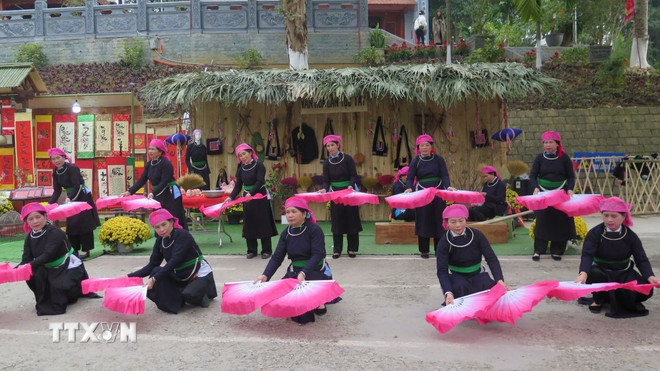
The homestay cluster in Nghia Do commune won the ASEAN Homestay Award for the period (2023-2025). In the coming time, the commune will continue to preserve and develop culture and sustainable tourism services to strengthen the brand of Nghia Do community tourism; at the same time, create livelihoods and increase income for the people.
Along with the beautiful natural scenery of all four seasons, rich cultural identity and rich experiences are attracting many tourists to Lao Cai. In the first 6 months of 2025, the province welcomed more than 7.3 million tourists, of which international visitors reached more than 718 thousand; tourism revenue reached more than 21 thousand billion VND.
Lao Cai strives to welcome about 12.3 million tourists by 2025, with estimated revenue of VND46,705 billion. It is expected that by 2030, the locality will welcome about 16.5 million visitors, with estimated tourism revenue of VND74.8 trillion, becoming a key economic sector, contributing significantly to the province's GRDP growth.
To effectively exploit the power of culture in tourism development, turning heritage into assets, according to Mr. Duong Tuan Nghia, Deputy Director of the Department of Culture, Sports and Tourism of Lao Cai province, requires persistent, creative participation and consensus of the government and people.
Each heritage carries within it fascinating stories that reflect the cultural beauty of ethnic groups. Therefore, in addition to preserving heritage, it is necessary to strengthen promotion work, so that everyone can understand, love and preserve diverse heritages in today's life./.
Source: https://www.vietnamplus.vn/di-san-van-hoa-lao-cai-mo-vang-phat-trien-du-lich-post1050129.vnp


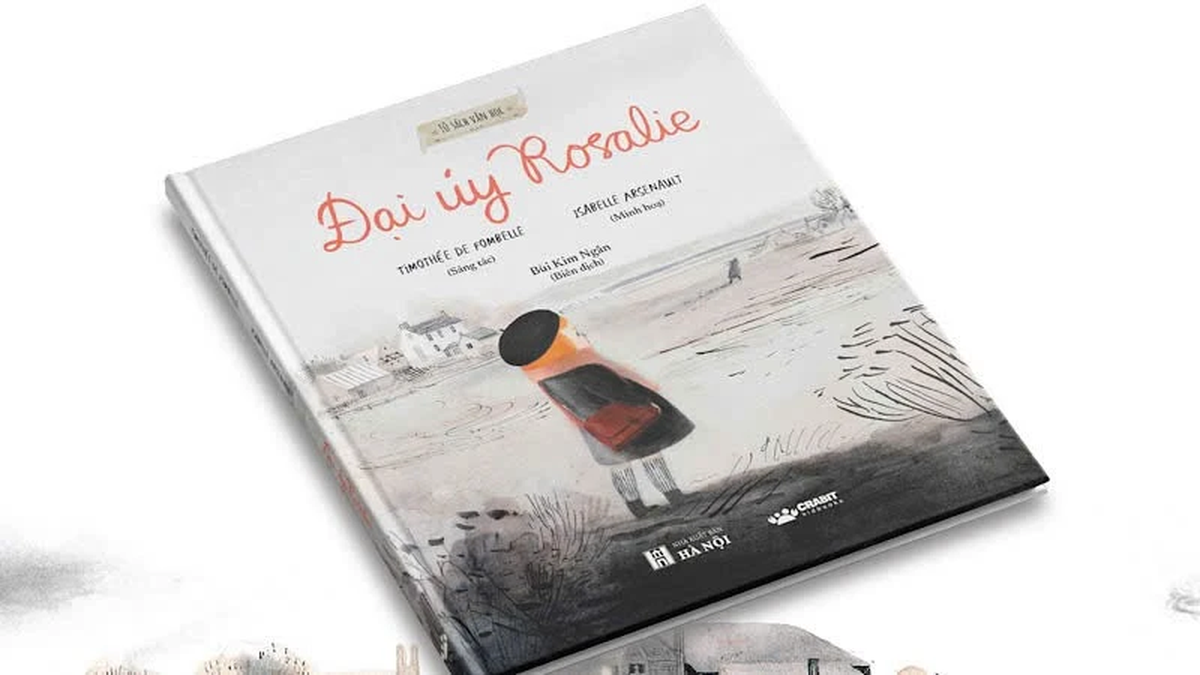

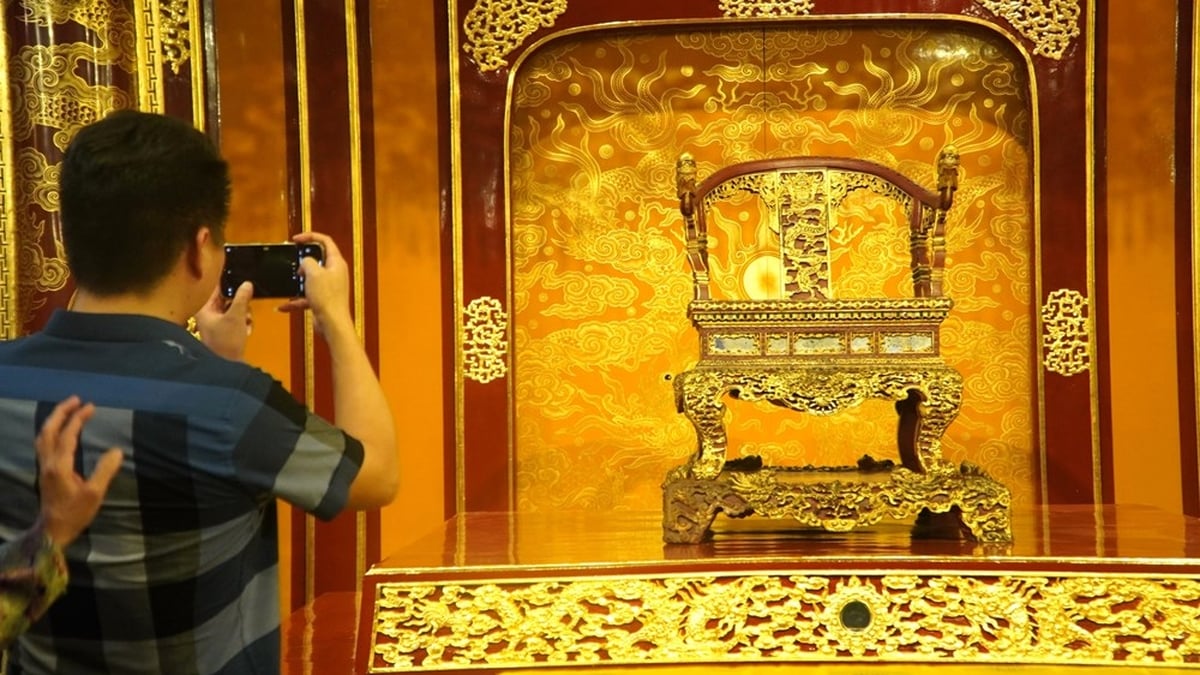
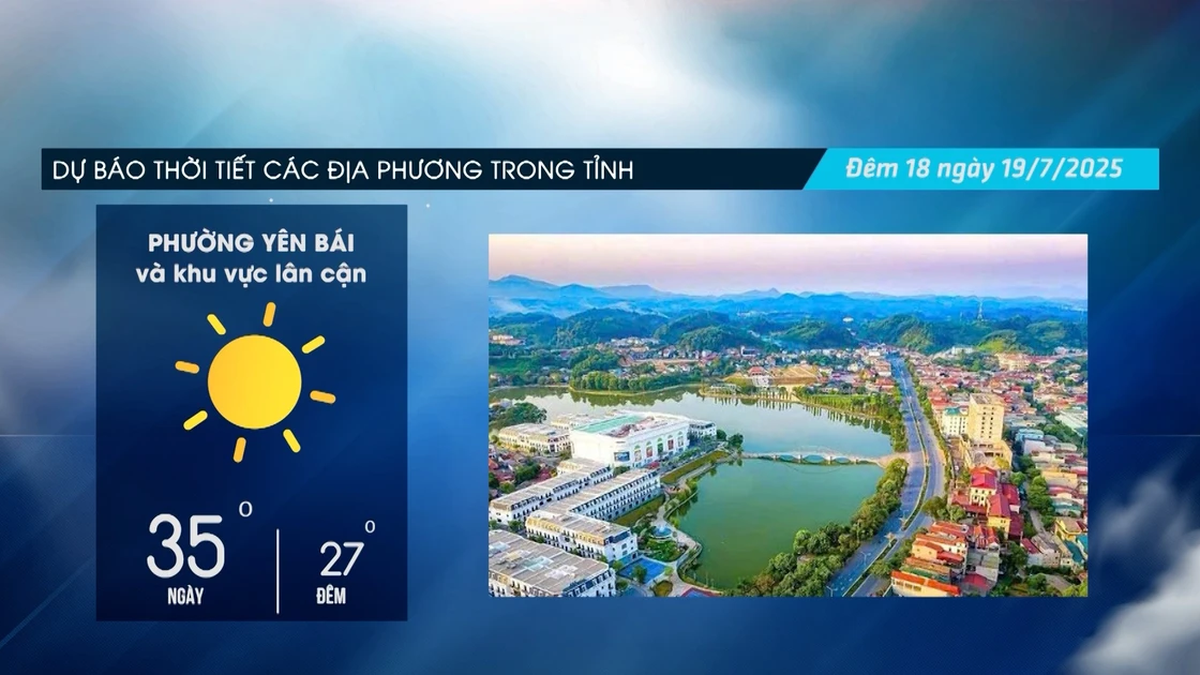

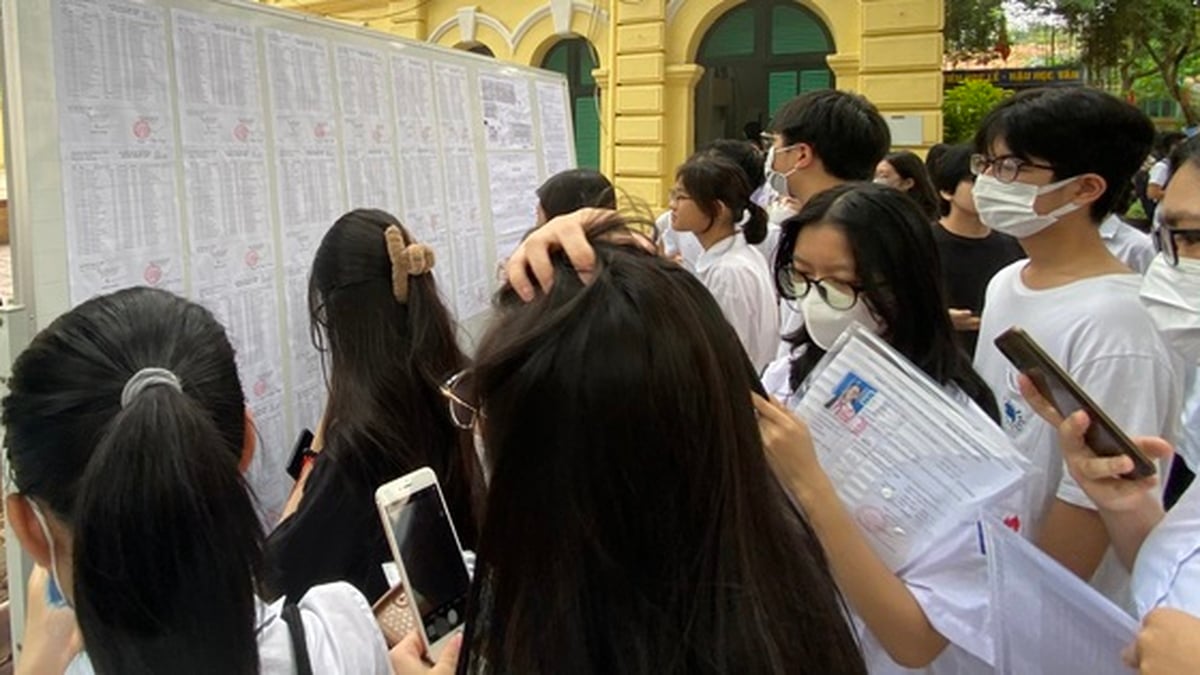
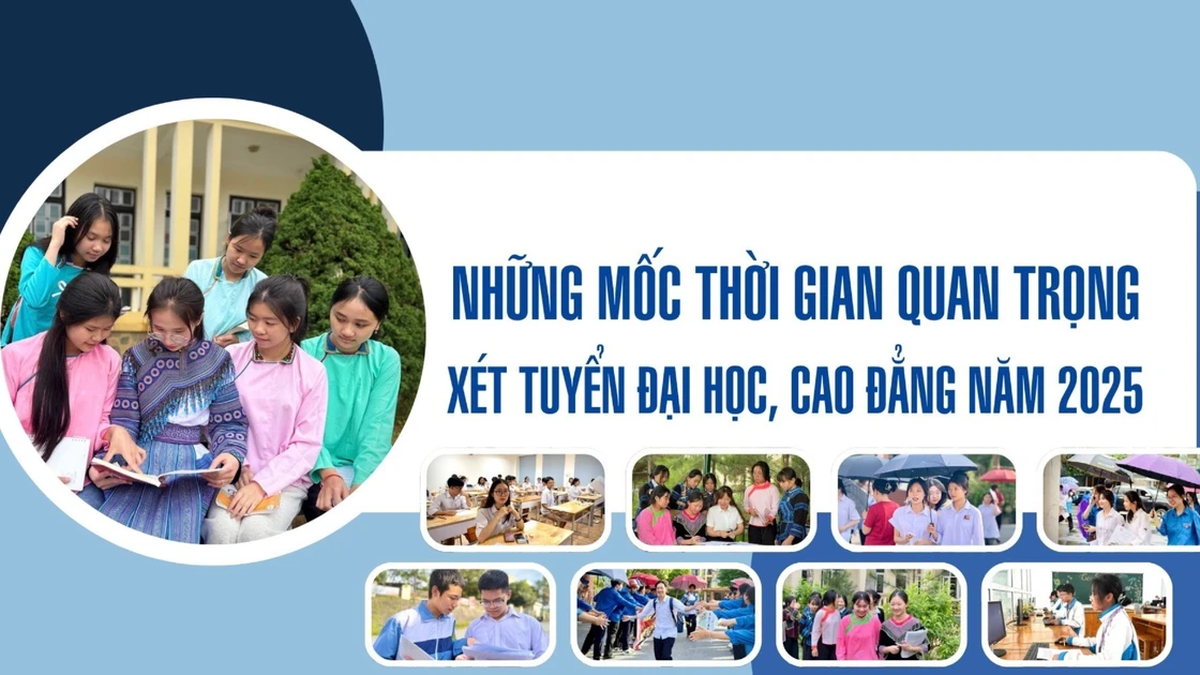

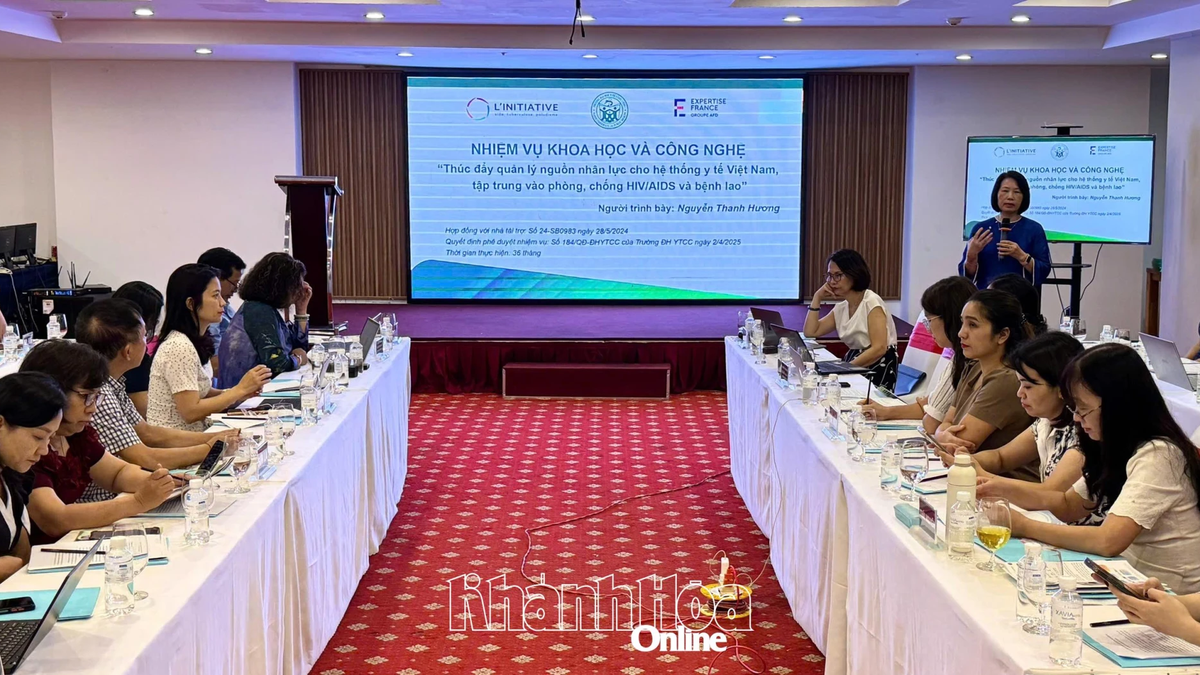
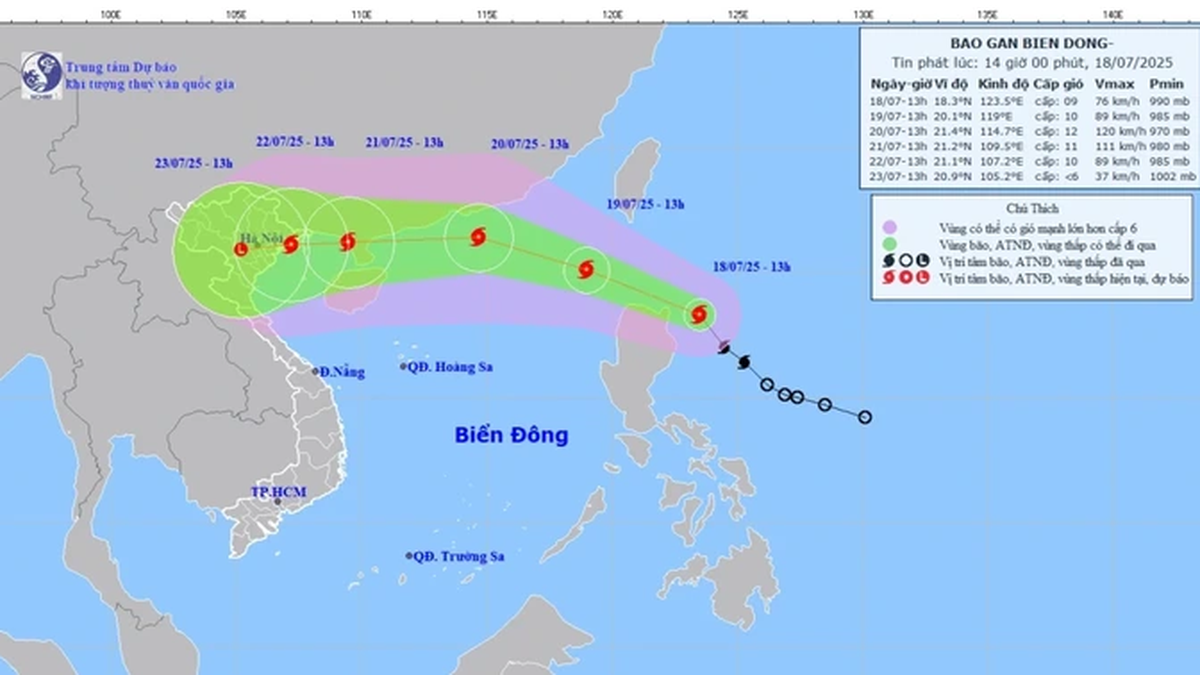

















































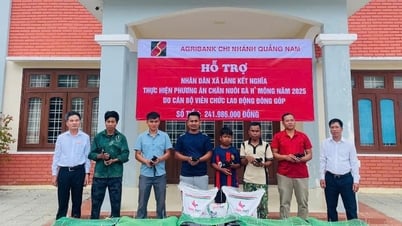














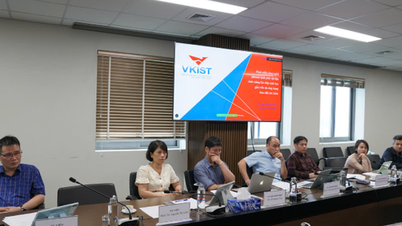


















![[Infographic] In 2025, 47 products will achieve national OCOP](https://vphoto.vietnam.vn/thumb/402x226/vietnam/resource/IMAGE/2025/7/16/5d672398b0744db3ab920e05db8e5b7d)





Comment (0)